Aluminum
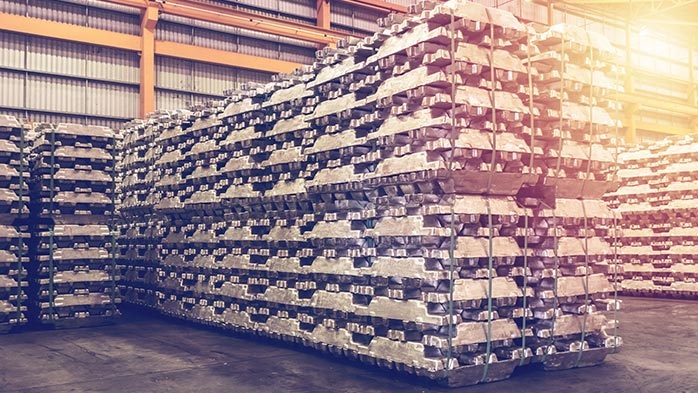
Wittbecker: The United Arab Emirates’ Emirates Global Aluminum US smelter project
Written by Greg Wittbecker
March 30, 2025
The United Arab Emirates’ Emirates (UAE) Emirates Global Aluminum (EGA) announced plans to spend $1.4 trillion dollars in the US over the next 10 years, including a greenfield primary aluminum smelter. Is this real or another soundbite?
The EGA proposed greenfield smelter would “double” existing US primary production. Current US production is around 683,000 metric tons per year, so it is reasonable to assume the design of the new facility will be around 750,000 tons per year, which has become the recent scale of smelters in the Middle East.
This proposal deserves serious attention for the following reasons:
1. EGA has financial backing to make this happen. They are owned by the UAE sovereign wealth fund, Mubadala. In 2024, Mubadala was the single most active sovereign wealth fund in the world, deploying more than $29.2 billion. So, they put their money where their mouth is. Combined with the other two sovereign wealth funds in the UAE, the country has $1.7 trillion in assets.
2. EGA has a demonstrated ability to build and operate large capital projects. They have steadily built their asset base and delivered profits of $937 million in 2024.
3. They are highly respected around the world for being a first-class producer and commercial player.
4. Their current production in the UAE is 2.66 million metric tons annually, and their value-added production is 76% of total production.
5. The company completed an 80% acquisition of Minnesota-based Spectro Alloys to mark their first entry into hard assets in the US. Spectro Alloys is a well-respected producer of secondary diecast alloys (110,000 metric tons/year) and is in the process of commissioning a secondary billet facility (55,000 metric tons).
6. EGA knows natural gas and how to operate with in situ gas-powered generation.
There were/are no hard details about this smelter project yet. However, based upon EGA’s history, we can offer some reasonable hypotheses about how this project could take shape.
Solving the power problem may be in EGA’s wheelhouse
One of the challenges that Chicago-based Century Aluminum has experienced in trying to build their new greenfield smelter of 700,000-750,000 metric tons per year (announced in April 2025, backed by a $500 million Department of Energy grant) is that they can’t find a power deal. Talks with utilities about supplying long-term electricity at fixed prices have been difficult. Utilities across the US are seeing massive demand from data centers and AI projects, which are prepared to pay extremely high prices for electricity. The recent Microsoft deal with Constellation Energy to reopen Unit 1 of the Three Mile Island nuclear plant was concluded at prices well over $100 per megawatt hour.
This price is untenable for any aluminum smelter. Compounding the challenge is that smelters would be looking for long-term deals of 10 to 20 years. Utilities seeing robust demand from data centers have little interest today in committing to long-term deals when they see what data centers are already willing to pay for short-term deals.
What seems increasingly likely is that Century or now, EGA, may have to do a deal “behind the meter.” In other words, either company will have to build or contract with someone else to build a generation plant on their premises to supply their power.
EGA has that expertise already, having done this in Dubai and Abu Dhabi with their two operating smelters. They also have connections in the natural gas industry in the US.
The UAE’s ADQ (Abu Dhabi Development Company) along with Abu Dhabi National Oil Company (ADNOC) have taken stakes in US gas assets.
We would speculate that EGA would build an in situ gas-powered power station to support this smelter. This avoids entanglements with any utility or trying to wheel power into their smelter through a grid interconnect.
Where to build
Smelters need power and a port to supply alumina/carbon for carbon anode production in the current prebake smelter technology. It would make sense for EGA to explore sites in the Gulf of America region of Texas or Louisiana to accomplish multiple objectives:
Access to pipeline natural gas is excellent in this area.
Port facilities could be built in the Gulf or along the lower Mississippi River between Baton Rouge, La., and the mouth of Mississippi.
Having a dedicated port facility would allow EGA to control bulk alumina or calcined coke deliveries. This facility could also support EGA’s on-going, large shipments of value-added products coming from the UAE to their large existing customer base in the US.
Are there strings attached to this project?
On paper, EGA has all the attributes to make this happen. This project will cost the company $3.75 billion to as much as $6 billion to execute, assuming costs of $5,000 to $8,000 per ton of installed capacity. Pushing execution costs down will be a top priority. However, the deal could be sweetened if the UAE is able to extract concessions from the Trump administration on exemption from Section 232.
You are tempted to ask “why is this important?” The reason is that EGA is a major player on imports now, with more than 600,000 metric tons/year of billet, foundry, and high-purity metal coming to the US. Eventually, the new smelter may take over that business. However, the new smelter is four to six years away from shipping its first metal and imports will have to continue.
If the UAE is subject to the Section 232 25% tariff, that would impose an annual cost to the company of $425 million to $475 million in duties, depending on LME prices and the value of product premiums. They would be looking at an aggregate tariff cost approaching $2.7 billion!
If I were running EGA, I would be asking the Trump administration to give the company an exemption from Section 232 for a minimum of six years or a maximum of 10 years. That exemption would provide substantial savings to EGA and give the company the seed capital to execute the smelter.
There is a precedent
Just before President Trump left office in 2021, he announced that the UAE would be exempt from the Section 232 10% tariff in force on imported aluminum at the time. This exemption was believed to be tied to a $23-billion arms deal between the US and the UAE. The Biden administration came in and reversed the arms deal and removed the exemption. The UAE suspended talks on the arms deal in December 2021, having reached an impasse with the Biden administration.
Our money is on the UAE getting this exemption back in exchange for the project and the resumption of negotiations for those arms.
Stay tuned for more on this story, we think this project has very real momentum and could be the first new primary smelter in the US since 1980.
Greg Wittbecker
Read more from Greg WittbeckerLatest in Aluminum
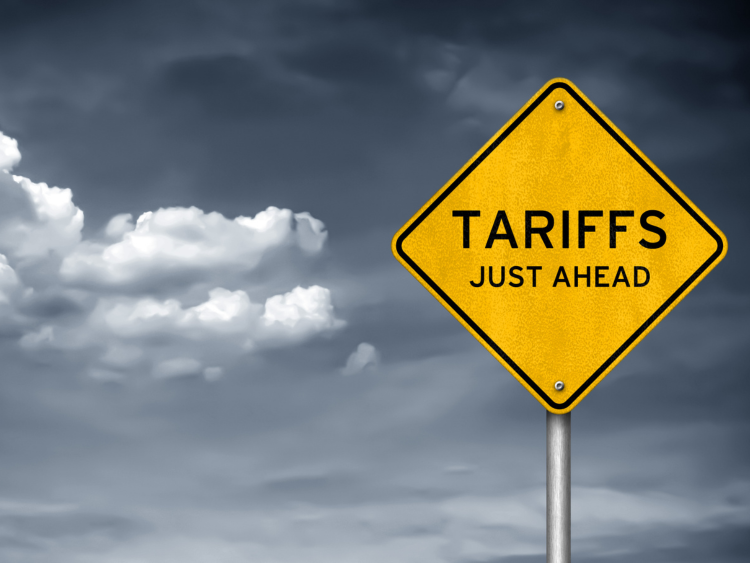
Tariff talks define Alcoa’s Q1
Operational results painted a picture of a company that produced more aluminum but shipped less of it as a result of tariffs and timing mismatches.
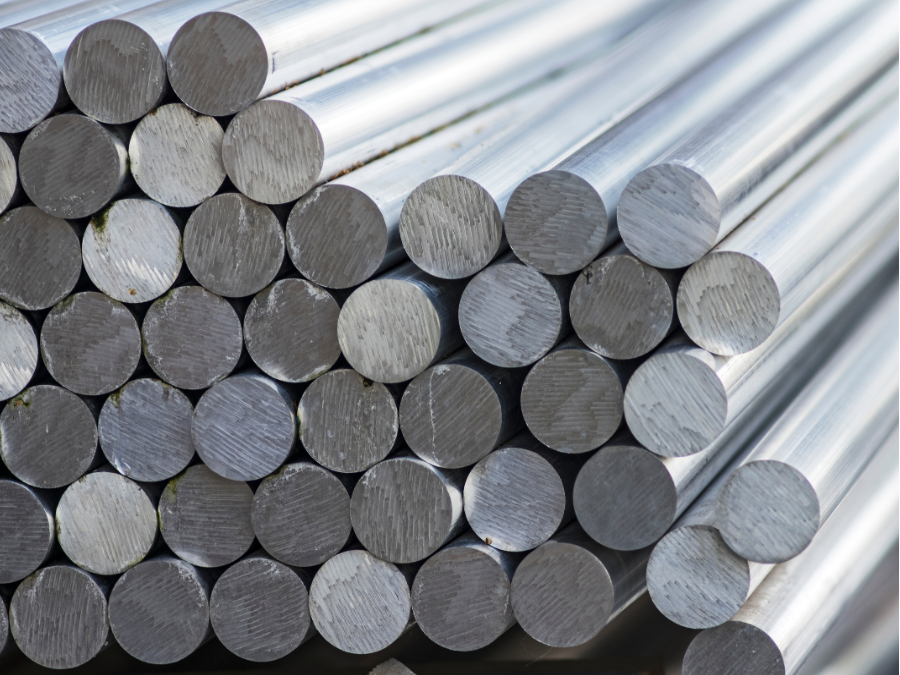
Wittbecker: What comes after ‘Liberation Day’?
A week after "Liberation Day," the global economy got a 90-day “stay of execution.” The Trump administration hit the pause button on many of its broad tariff measures, with the exception of China.

The Value Trap: USMCA compliance paradoxes
A counterintuitive aspect of the 25% tariffs on autos is these percentages are measured in value, not by weight or part count. That means a few costly imported parts can outweigh dozens of cheaper local ones – and vice versa.
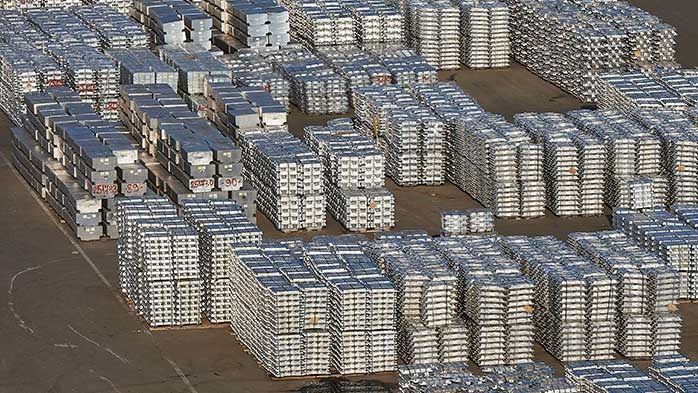
Aluminum takeaways after ‘Liberation Day’
If you import aluminum products, here’s where things stand after President Trump's "Liberation Day."
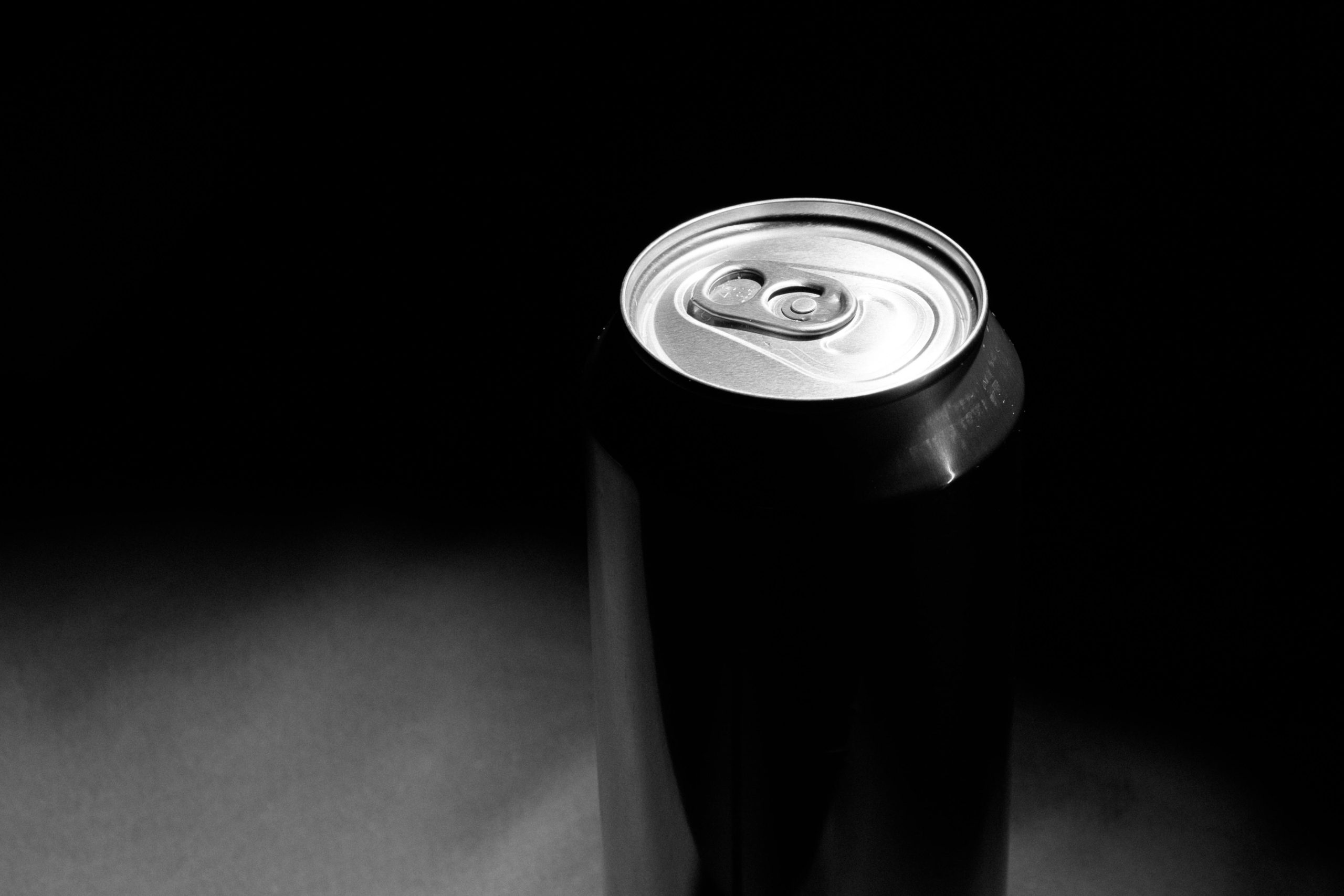
Tariffs are easy to announce, but hard to track
Announcing tariffs is easy. Implementing them at the border? That’s a whole different ball game.
